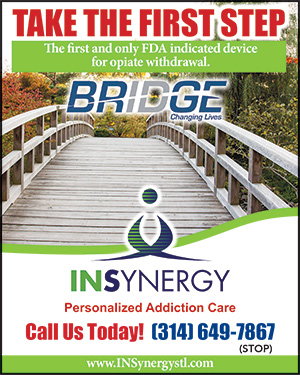It’s never been more important for you to have a complete understanding of your health care benefits so you can get the most from your coverage.
Here are five things HealthLink provider network says you should understand about your health plan:
- Benefit and Plan Summaries – Once you are enrolled in a health plan, you should review your summary of benefits and coverage (SBC) and summary plan description (SPD) documents. These documents have all the information you need about your plan, including co-pay and deductible amounts, out-of-pocket maximums, what is covered, what is not, and more.
These documents should be stored where you can easily access them, such as on a company intranet or with the human resources (HR) department, and your employer should educate you about where to find them. - Member ID Card – Your member ID card has a lot of important information that can be useful as you navigate the health care system and use your benefits. Health plan and network names, group and/or member numbers, and many important phone numbers are listed on ID cards. Check with your employer to see if they have any informational material that shows an example of your ID card with the important information highlighted. Don’t’ forget, you should carry your ID card with you at all times and you should know how to request a new card if needed.
- How to Find In-Network Doctors – One of the most beneficial things to understand about your health plan how to find doctors, hospitals and other health care facilities that participate in your health plan’s network. Benefits are always richer when receiving services from an in-network provider, which could save you money. You risk paying more out-of-pocket or having your services be denied when you go outside of your network. No matter how you search – through an online provider finder tool, a provider directory, or by calling Customer Service – you should know exactly how to find a doctor that participates in your network.
- Included Products and Services – If your health plan includes programs that can help you better manage your health, such as case management, disease management or telemedicine, you should take advantage of them. The same is true for pharmacy, which is one of the most used benefits. You should be familiar with your pharmacy benefit manager (PBM) and any prescription guidelines or restrictions so you can make the best use of these benefits.
- Additional Tools and Extras – Most consumers are surprised to learn about the amount of discounts and free extras that are available to them through their health plan. If you have a member portal or website available, it can often be an extremely useful tool to help you maximize your benefits. You should also inquire about any discounts available on items you purchase, such as glasses and contacts or healthy eating and living products. Some health plans may even offer premium reductions for well-being assessments or preventive screenings.
Remember, it’s your responsibility to know the facts about your health plan so you can control your health care spending. Talk to your employer, benefit administrator or insurance provider to learn more about all of the tools and resources available to you.
(HealthLink, Inc. is an organizer of independently contracted provider networks, which it makes available by contract to a variety of payors of health benefits, including insurers, third party administrators or employers.)


